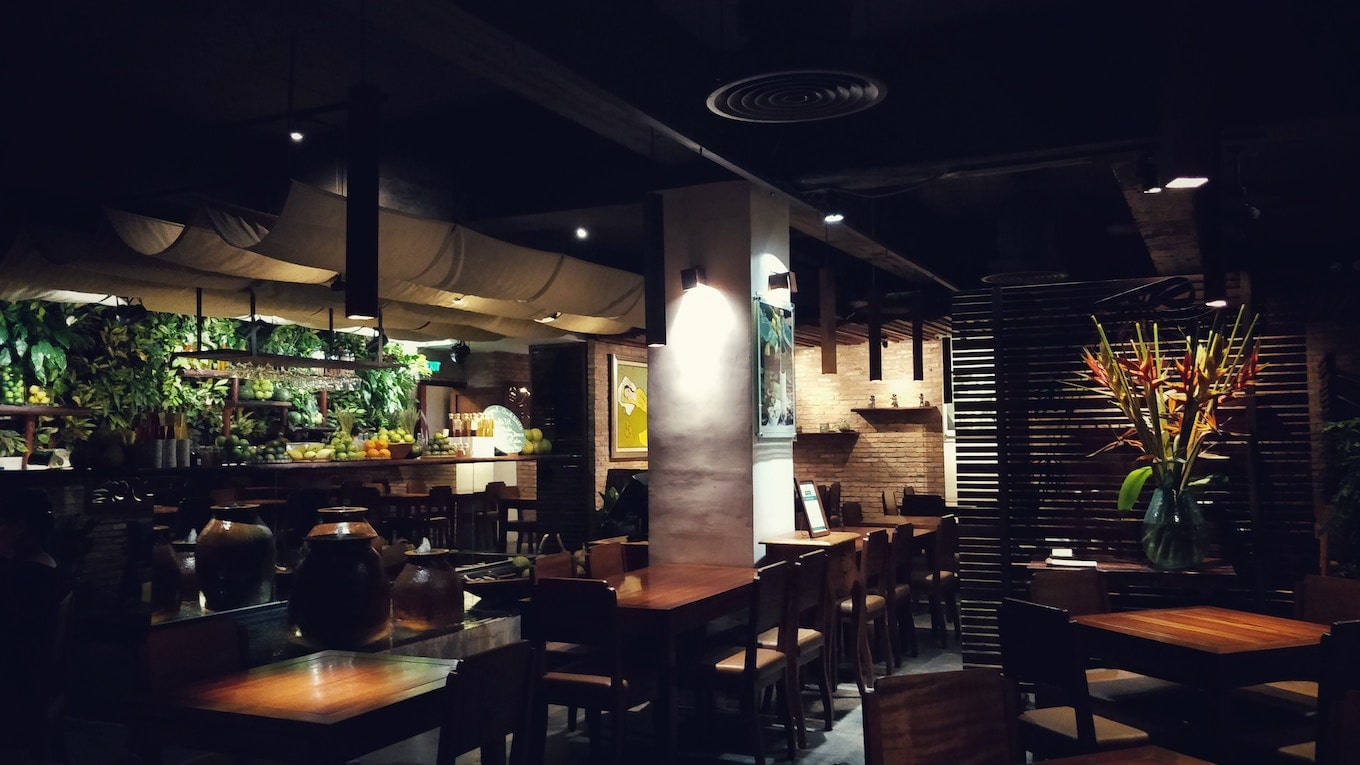5 reasons restaurants fail & how to avoid them
Editorial Team
4 min read
If you’re in the restaurant business, somebody’s probably told you that most restaurants fail. Alarming statistics float around online: 60% of restaurants fail within a year, 80% within five years. But the research doesn’t quite bear this fatalism out. One study done in 2014 found that only 17% of restaurants fail in their first year—which is actually slightly lower than the 19% failure rate for other service businesses. The smallest restaurants were the riskiest, however. Restaurants with five or fewer employees tend to fail a little more often than other very small startups.
Whatever the research shows, you don’t want your restaurant to become a grim statistic. Here are 5 reasons restaurants fail—and how to avoid them:
1. They chose the wrong location.
Location can make or break any small business, and restaurants are no exception. You need a steady stream of foot traffic, but you also need a rent payment you can manage every month. When choosing a good location, you need to:
- Think like a customer when scouting locations. What are the natural routes through the area? Where will people park?
- Understand the neighborhood you’re looking at. Is it active during the day? In the evenings?
- Prepare for a negotiation when you’re ready to sign a lease. You can and should counter-offer—but do your homework first.
- If you’re stuck in a sub-par location, look for ways to work around the problems. Can you use signage to draw the eye to an out-of-the-way storefront? Can heavy curtains and carpets help dampen the noise from the nightclub next door?
2. They don’t manage staff well.
Poor customer service can tank your restaurant, especially these days, when your reputation can so easily be damaged by even one bad review online. So you’re going for great customer service—and that starts with the way you manage and train your staff.
- For front-of-house roles, hire more for attitude than for experience. It’s easier to train someone to use a POS system than to turn a grouch into a great host.
- The restaurant turnover rate reached nearly 131% in 2020. Hiring and training new staff can be a huge expense—avoid it by creating a workplace people will love.
- Consider eliminating tipping and offering benefits so you’re offering a career, not just a job.
- Managers make all the difference in whether employees are happy and productive—or disengaged. Great managers give people autonomy and create a team spirit.
3. They didn’t make a business plan.
You don’t have to have an MBA to run a small business, but you do need to take some time to plan for the future. And yes, there will be math on this exam.
- What sets your restaurant apart from the crowd? A compelling brand identity can help build customer loyalty.
- Do a break-even analysis. This planning tool helps you understand how long it will take your restaurant to become profitable.
- Secure the right type of financing to help carry you through the startup phase.
- Price your menu carefully to set yourself up for success.
4. They don’t manage money well.
A restaurant could be packed every night and still lose money—if the food isn’t priced right, or it’s overstaffed, or any of a number of other cash-flow issues crop up. Dig into the numbers to make sure that your business is sustainable for the long haul.
- Get a handle on your cash flow—starting with the literal cash coming through your doors.
- Know what numbers to track to understand the health of your business.
- Minimize mistakes by setting up clear, easy-to-use systems for things like putting in orders, clocking employees in and out, and managing reservations.
- Automate as much as possible to maximize your productivity.
5. The food wasn’t great.
Don’t forget the basics! In a world where any food a customer craves can be at their door in under an hour, you’ve got to provide a great dining experience to keep people coming back.
- Make sure you’re training your staff well so that they feel like they own their station, and can fill in on other stations if needed.
- Get both front and back of house staff unified around the menu, quality control, and the overall vision for your restaurant.
- Do regular tastings to make sure that quality isn’t slipping.
Related Posts
Tips & strategies to recruit & retain millennial employees
How to choose a good business partner
Popular Topics
Stay In Touch
Sign up and learn more about Clover.
Thank you for your subscription!
Recent Stories
- How to buy a restaurant
- How to evaluate employee performance like an enterprise company
- Dropshipping: What it is & why it might be smart for your small business
Please share your contact information
to access our premium content.
Thank you for sharing your contact information.
Download Now





